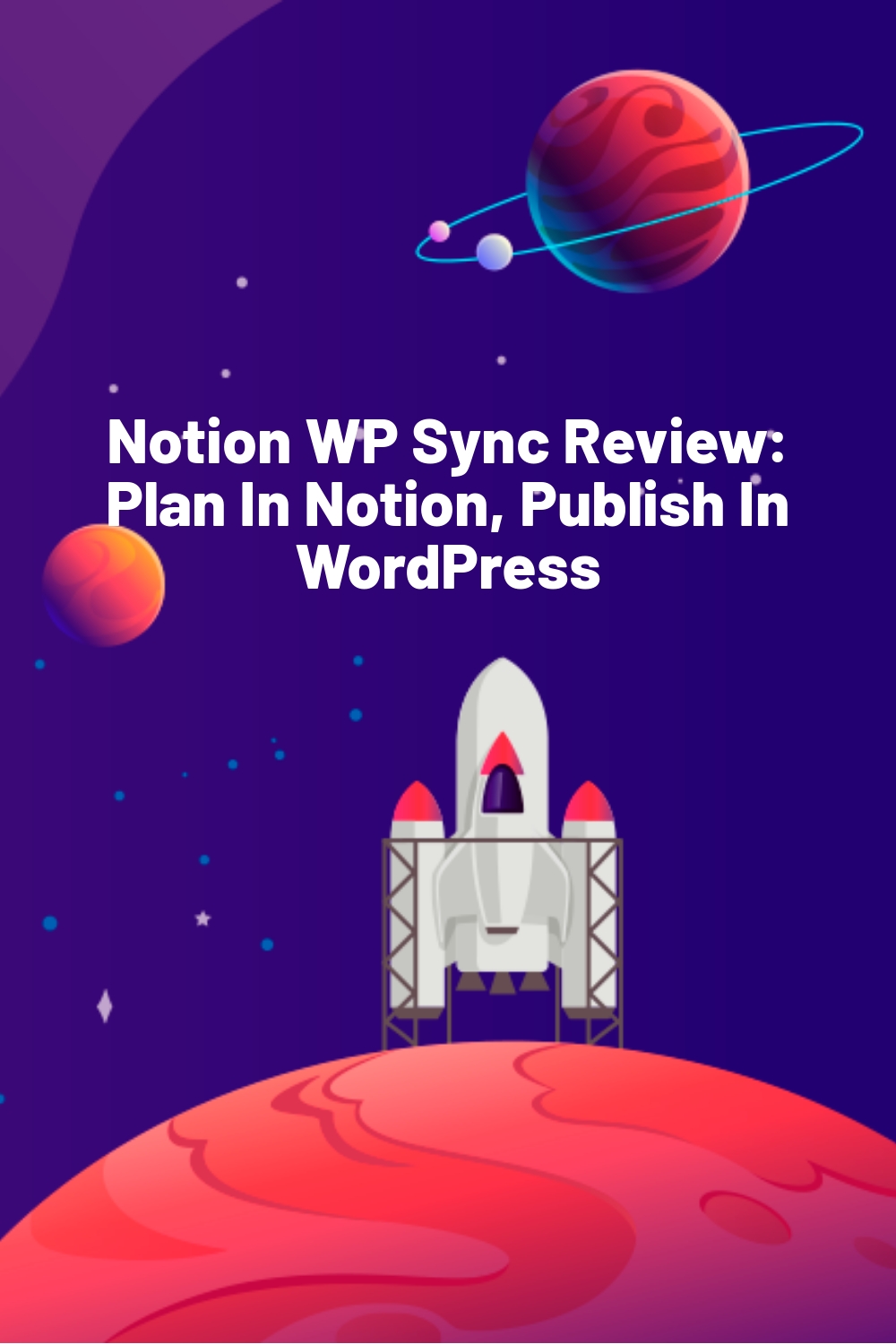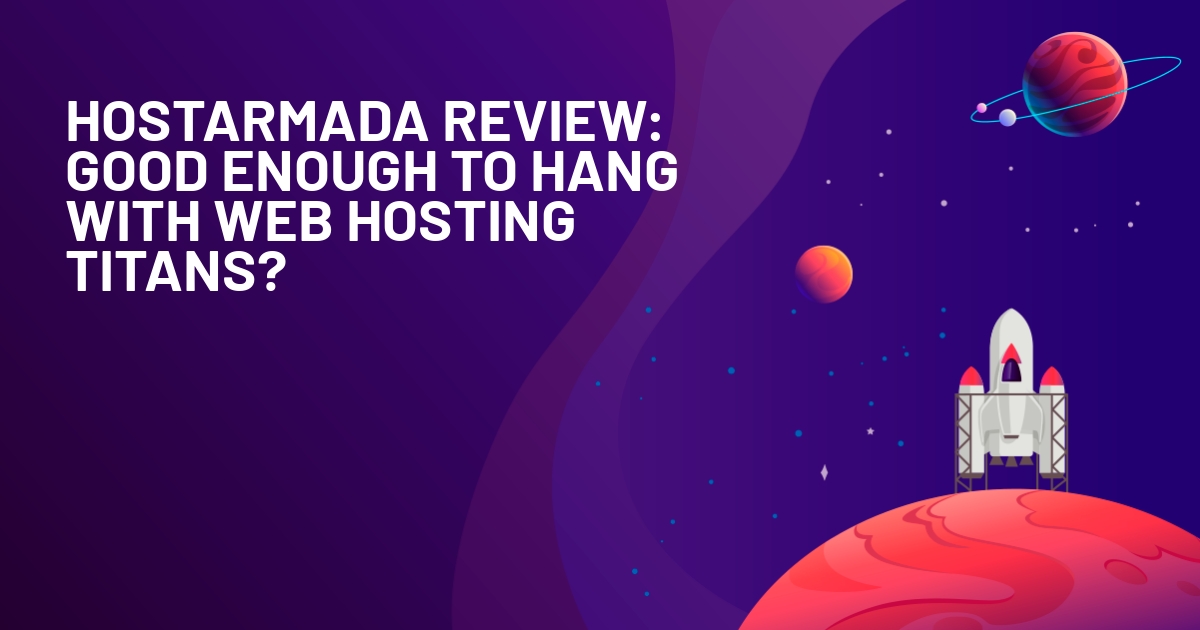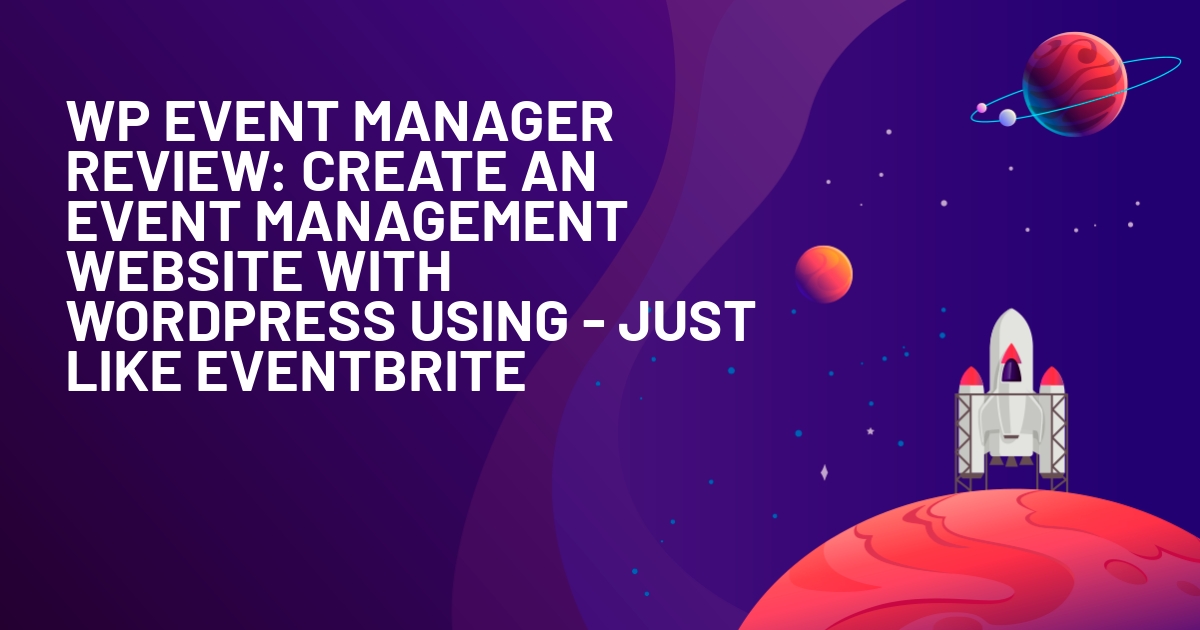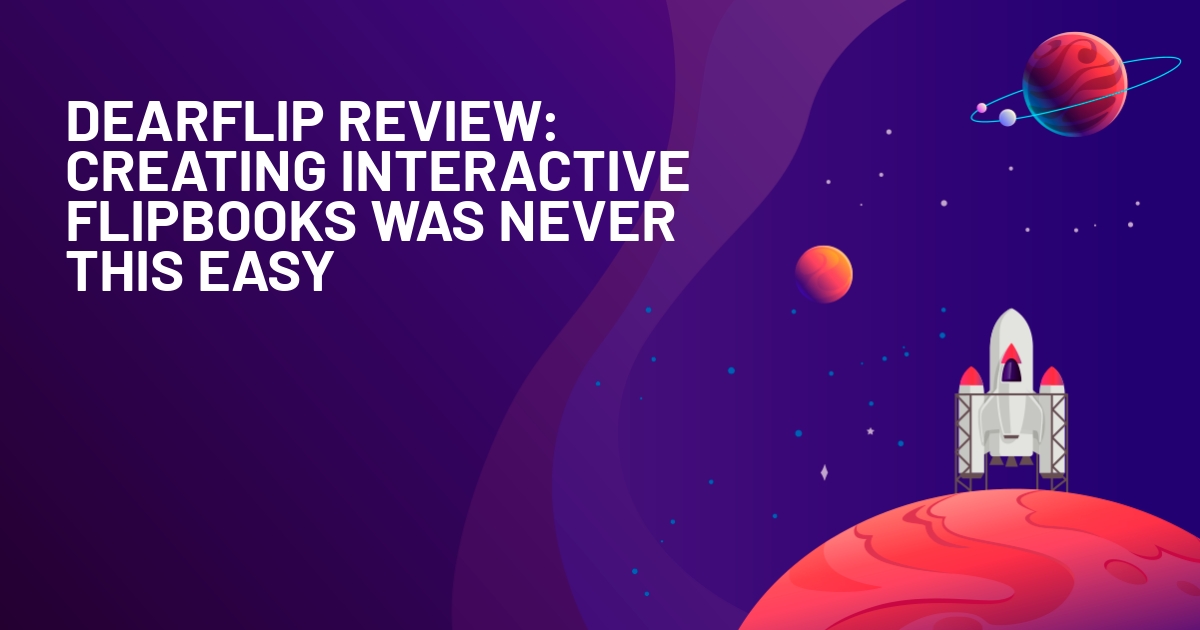WPLift is supported by its audience. When you purchase through links on our site, we may earn an affiliate commission.
Notion WP Sync Review: Plan In Notion, Publish In WordPress
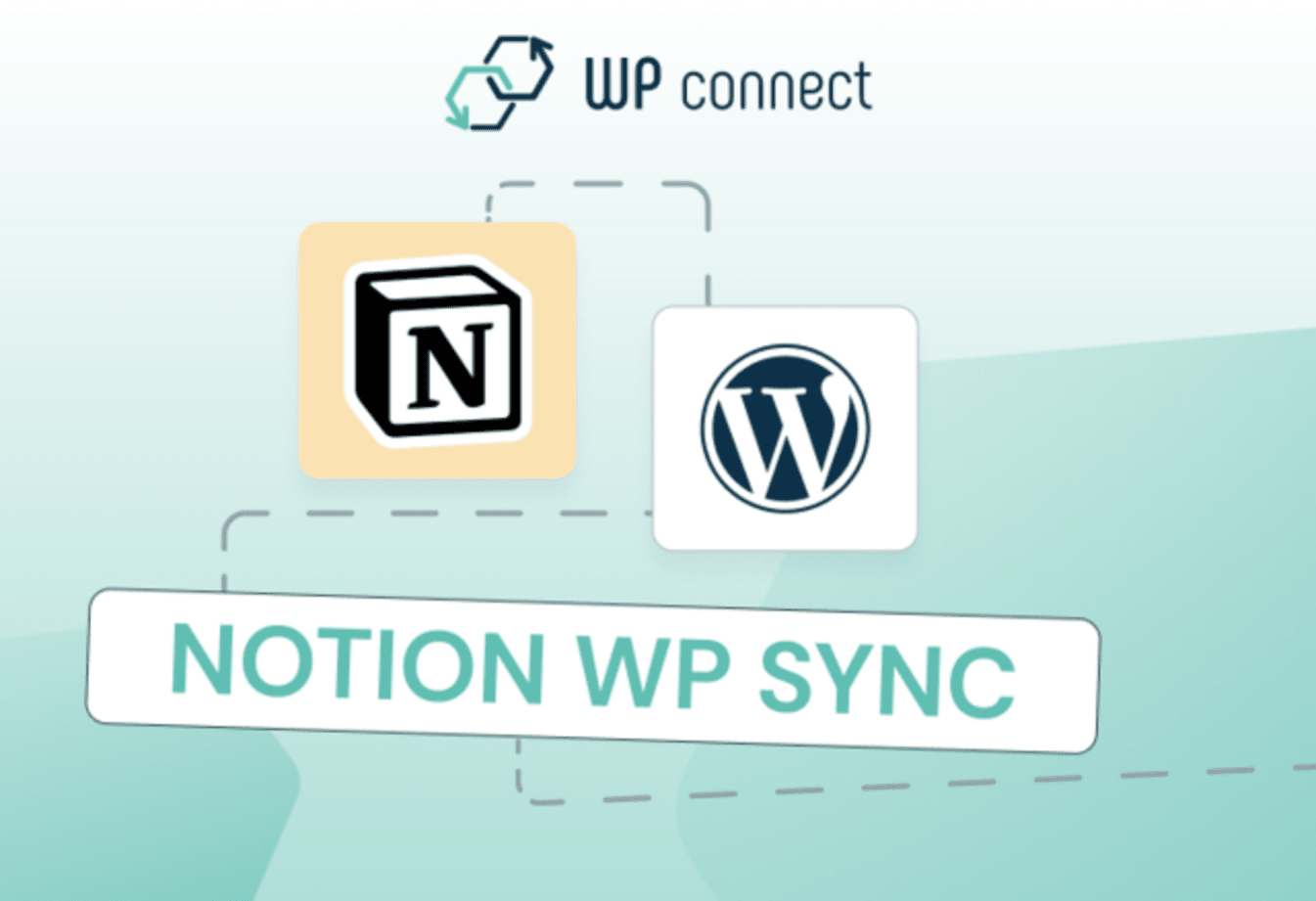
Notion is great for content creation and organization. But there’s a challenge: it doesn’t naturally connect with WordPress. This leaves many wanting more.
Enter Notion WP Sync This tool bridges the gap by directly linking Notion and WordPress.
With it, manual content transfers have become a thing of the past. There’s no need to copy and paste — it’s a straightforward process from Notion draft to WordPress post.
It also means you can take full advantage of Notion’s editing tools. Create in Notion’s space, then smoothly shift to WordPress for publishing.
In this hands-on review of Notion WP Sync Pro+, I’ll uncover its features, evaluate its user-friendliness, and determine whether it truly lives up to the promise of streamlining your content workflows.
Notion WP Sync Pro+: Overview & Key Features
Notion WP Sync Pro+ is a simple plugin that connects Notion with WordPress. With this tool, users can manage and send WordPress content right from their Notion workspace. You can use it to store ideas, create outlines, draft blog posts, and collaborate with your team.
- Link multiple Notion databases & pages to WordPress without the need for other tools like Zapier or Make.
- Quickly sync your Notion databases and pages to WordPress, turning structured Notion data into ready-to-publish content.
- Show Notion data in different post types like Articles, Pages, and Custom Post Types.
- Wide support for Notion content blocks like Paragraphs, Titles, Lists, Tables, and Images. You can also display other details from Notion pages, such as icons and covers.
- Flexible sync options let you choose between automatic or manual data sync. Pro+ users can also sync instantly using a webhook and select specific sync methods like add, update, or delete.
- Support for SEO plugins including Yoast SEO, SEOPress, Rank Math, and All In One SEO.
- Extended ACF Support Level 1 covers various fields like Number, Email, Image, Checkbox, and many more.
Hands-On With Notion WP Sync Pro+
In this section, I’ll explain how you can install and configure Notion WP Sync Pro+ for your WordPress site.
Creating a Notion Database
Notion offers a unique tool called a database. This isn’t just any tool—it reshapes how we think about data. Instead of seeing bland text, users enjoy an interactive and vibrant visual experience.
Databases in Notion aren’t one-size-fits-all. They flexibly adapt, presenting as tables, boards (think Trello), calendars, galleries, or even lists.
Before diving into syncing, lay the groundwork in Notion. Ensure your data sits in a table format. If this sounds new, don’t fret. There’s a handy tutorial on crafting a Notion database to guide you.
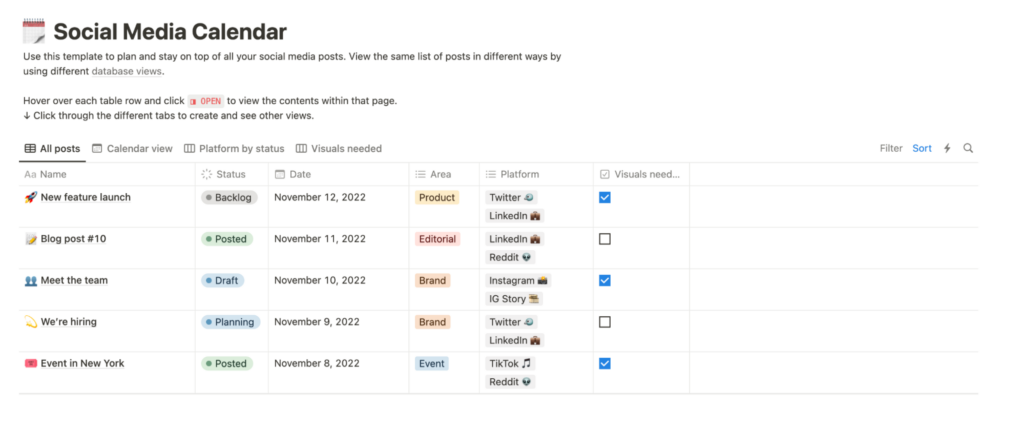
Installing Notion WP Sync Pro+
Go to your WordPress admin dashboard. Navigate to Plugins → Add New. Here, search for “WP Sync for Notion” to find the plugin. Note that this will pull up the free version of WP Sync for Notion, which doesn’t offer any Custom Post Types.
To get the Pro+ version, visit the WP Connect website and purchase the relevant license (see pricing for more info). Then, return to your WordPress dashboard, go to Plugins → Add New → Upload Plugin. Now, choose the file you’ve downloaded from WP Connect to initiate the installation.

Upon successful installation, an “Activate” option will appear. Give that a click to bring the plugin to life. Once done, find “Notion WP Sync” in your Admin menu, go to Settings, and input the license key you received upon your purchase.

And that’s it. Your WordPress is now primed to work seamlessly with Notion using the WP Sync Pro+.
Forming a Connection
To connect WordPress with Notion, first head over to your Notion account. Here, you’ll want to go to “Settings and members,” then “My connections” and finally, “Develop or manage integrations.”
Upon reaching the “My Integrations” section, there’s a “+ New integration” button ready for you. A prompt will ask you to name this new integration. Naming it “Notion WP Sync Pro+” keeps things clear. Once named, simply pick the workspace you want to link and confirm with “Submit.”
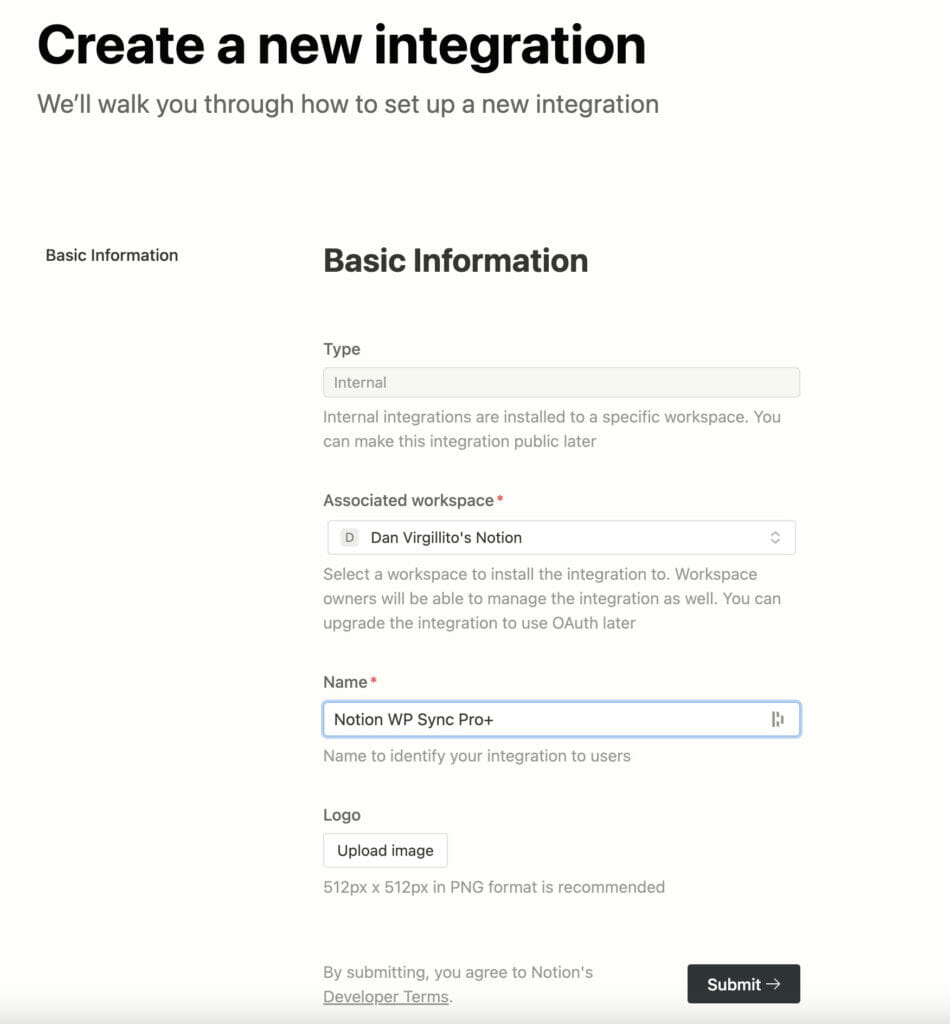
With the integration in place, you’ll land on the “Secrets” screen. From this screen, you can obtain your “Internal Integration Secret code.” You’ll need this in a moment.
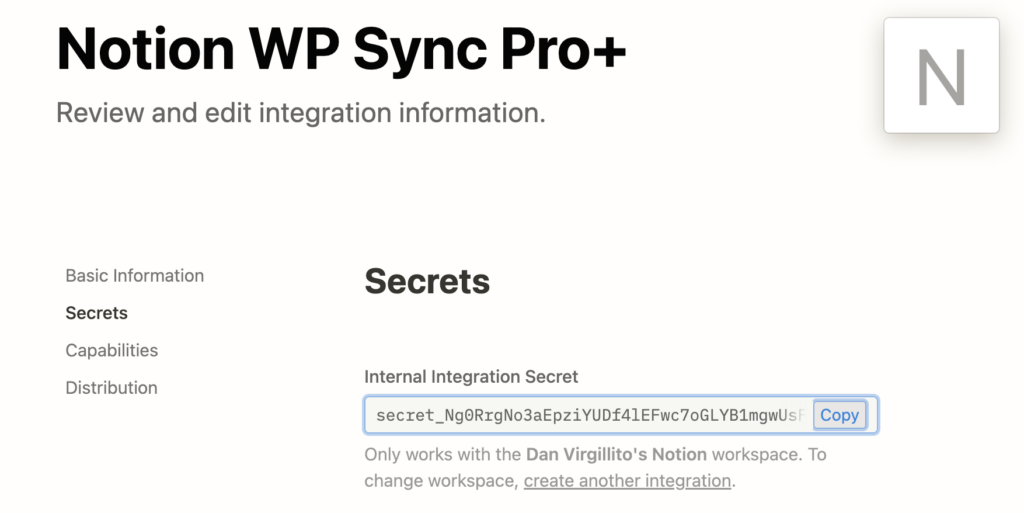
Over on the WordPress side, head to “Notion WP Sync” then “Add New.” This is where the aforementioned code comes into play. Enter it.

A prompt might remind you of an essential step – connecting the integration to specific Notion pages. If you missed this, no worries. Just flip back to Notion for a moment.
Within your desired Notion page, find the three dots at the top right. A menu cascades down with an “Add connections” option. Look up and select “Notion WP Sync” or the name you gave your integration.
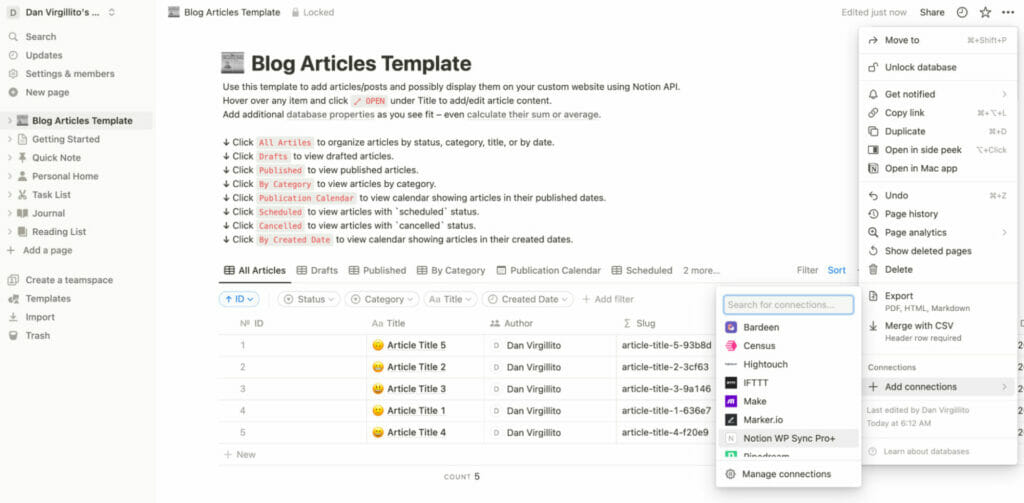
And you’re done.
Importing Notion Content
After connecting to Notion’s database, you can kickstart the process of importing your Notion content into WordPress.
Importing a database
Start in the “Choose” section. Here, you can find and select your Notion pages and databases. Remember: if you want smooth mapping, focus on one database at a time.
Deciding the Destination
Next, visit the “Import As…” menu. This helps you decide how your Notion content will show on WordPress.
Choosing the Post-Type
You have two main options: ‘Post type’ or ‘shortcode’. Using a shortcode lets you place Notion content in a post, a page, or a block. For “Post Type”, you can pick a standard WordPress post or page. If you like custom types, you can use those. I even made one named “Notion blog sync”.
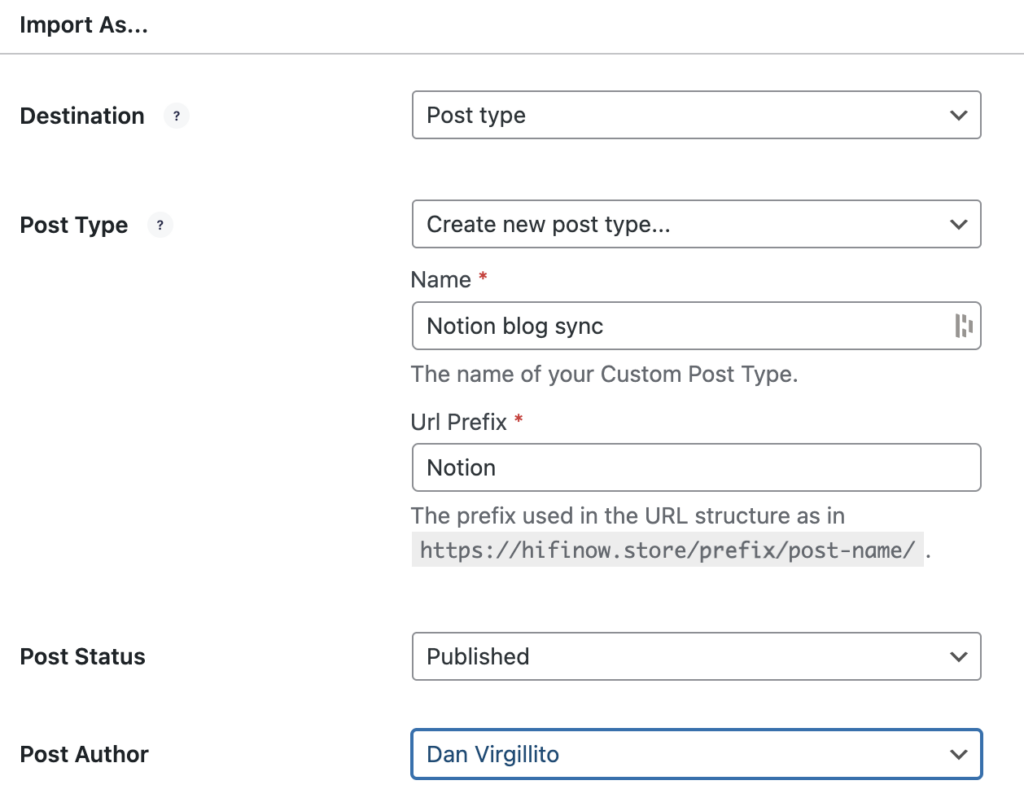
Publish or Draft?
In the dropdown, you can choose between “Published” or “Draft”. Either is good as you get familiar with Notion WP Sync.
Picking the Author
Here, select the WordPress user who will be listed as the post’s author.
Mapping Fields
The field mapping section connects Notion and WordPress fields. Click “Add Field”. On the left, select a Notion field. Then on the right, pair it with a WordPress field or create a new one.

The Advanced Custom Fields (ACF) integration comes to play when you’re defining custom fields. Suppose you have additional research information or specific content-related tasks. In that case, you can map these details using ACF, ensuring they appear right where they need to on your WordPress site.
Setting Up Sync
In sync settings, you decide how Notion and WordPress will update. You have strategies: add new content, update existing content, or do both. And if you remove content from Notion, it can be removed from WordPress too.
How often they sync is up to “Trigger”. If you want regular updates, you can set the frequency. A tip from the Notion WP Sync team: using WP-Cron with a cron job can help with performance. For instant updates, choose “Instant via webhook”.

After making your choices, click “Publish” at the top. Once connected, the “Sync Now” button appears. Click it, and see your content sync.
Viewing Notion Content
After syncing, your content is now ready for viewing in WordPress. If you selected a post, page, or custom post type, simply browse through their lists. There, you’ll find the newly created entry by Notion WP Sync.
If you went with the shortcode route, it’s just as effortless. Place the shortcode into a block, and voilà, your content springs to life on the page.
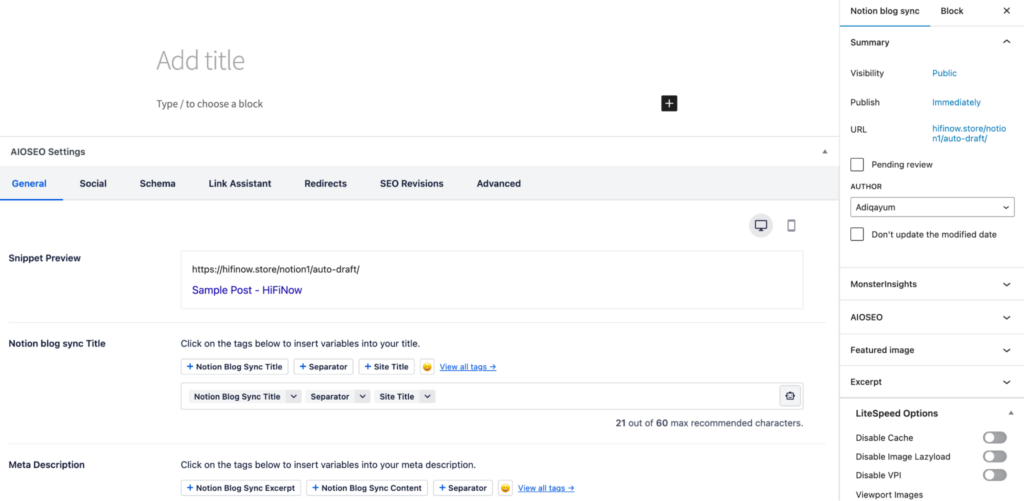
Notion WP Sync Pro+ Pricing
While Notion WP Sync offers a free and a Pro version for its users, the Pro+ version undoubtedly stands out, especially for those seeking advanced features and broader integrations.
Pricing tiers for Pro+:
- Single+ Plan: Costs $199 a year for a single website license and features like Advanced Custom Fields (ACF).
- Team+ Plan: Costs $399 a year for everything in the Single+ plan and licenses for five websites.
For individuals or organizations that need enhanced integrations and functionalities, starting with the Pro+ version is a no-brainer. With its two-tier pricing model, both solo users and larger teams can find a plan that perfectly aligns with their requirements.
Final Verdict
Navigating between Notion and WordPress often feels like a detour. But with Notion WP Sync Pro+, it’s a straight path.
Integrate and see simplicity in action. Notion’s robust tools meet WordPress’s dynamic platform, enhancing your website’s versatility and appeal.
Think of streamlined content updates, boosted SEO, and an engaged audience. All while leveraging the best of both worlds.
